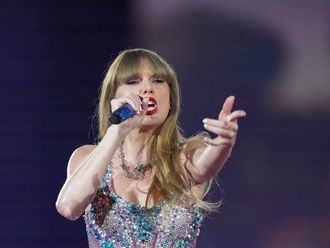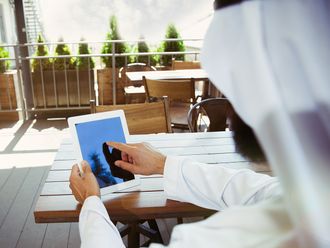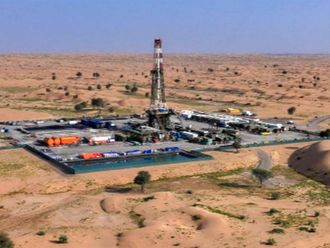Dubai: The Dubai Chamber of Commerce and Industry's building being named the first existing one in the Arab world to be certified under the Leadership in Energy and Environmental Design (Leed) shows that a green revolution is slowly, but surely underway.
It has been over two years since buildings in Dubai were ordered to conform to certain green standards.
Currently, according to the Emirates Green Building Council, there are only six accredited buildings and more than 450 buildings awaiting accreditation under the Leed evaluation structure.
"All new buildings within the UAE from a slow start are now being accredited under an International Green Building Accreditation Scheme.
"This is being carried out with varying degrees of enthusiasm and success.
"But any movement towards these aspirations is good as the UAE is trying to achieve in two to three years what took Europe and the US 15 to 20 years to develop, and must be applauded for the huge effort," Ty Lawson, technical director at WSP Energy and Environment, told Gulf News in an exclusive interview.
Only a handful
"There are only a handful of certified buildings so far, but this is due to the fact that accreditation is not given until all documentation is processed, which, if occupancy surveys have been targeted, could be two years after building occupation.
"There are hundreds of projects registered and currently going through [the] process or because of the economic downturn [are] on hold," Lawson said.
The Leed certification programme, developed by the US Green Building Council, is a national standard for developing high performance, sustainable buildings.
The standard provides a framework for assessing building performance and meeting sustainability goals such as using recyclable materials, reusing water and minimising water and electricity consumption.
Variants exist based on locality.
The Leed ratings system is one of many that any building seeking accreditation can opt for.
Others include Breeam Gulf. However, there is still no Dubai-specific rating system in place.
"Leed has some flaws as a process as it is so focused on the USA and many credits are not really appropriate for this climate zone and the market availability of materials in this region.
"Breeam International and Gulf Assessments may be more appropriate as they offer bespoke credit targeting appropriate to the building usage as well as climate zone.
Little publicity
"But due to little publicity I know of only two or three Breeam projects in the region," Lawson said.
Throughout its renovation into a Leed accredited building, the Dubai Chamber saved Dh7.1 million in power by reducing water and energy consumption by an estimated 77 per cent and 47 per cent between 1998 and 2008.
"This achievement reinforces our strategic objectives of creating a favourable business environment for the emirate, supporting the development of business and promoting Dubai as an international business hub," Hamad Bu Amim, director general of the Dubai Chamber of Commerce and Industry said at a press conference on Wednesday.
"We have demonstrated that environmental responsibility is good for business, it saves money, enhances efficiency and demonstrates good citizenship.
"We hope that our members will adopt many of the initiatives we have undertaken which will enhance efficiency, save them money and allow them to contribute towards building a stronger nation," Bu Amim said.
In achieving the Leed certification, the Chamber's 18-storey building joined the ranks of 204 buildings in Canada and the US, as well as three buildings in India and Sri Lanka.
Energy-saving efforts include capturing the humidity through the air-conditioning systems, adjusting lift weighting loads to decrease energy consumption by 20 per cent, reusing municipal grey water for landscaping and toilet systems, among others.
"The benefit of applying Leed to existing buildings is in allowing you to retrofit and upgrade the existing infrastructure to take advantage of new ideas and improvements in sustainable design since the building was originally constructed.
"The function of the building may also have changed [example from an office to an apartment], so the original design may be inefficient for its current role," a UAE environmental consultant told Gulf News.











